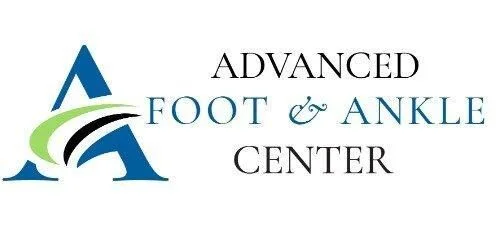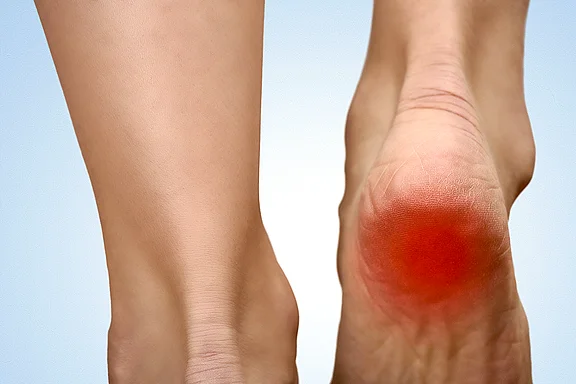Table of Contents
Introduction - Heel Pain
Heel pain may occur on the bottom of the heel, or on its front or back, and may have many causes. In general, heel pain results from walking gait abnormalities that put too much pressure on the heel bone and the surrounding area. This stress may also come from an injury, from damage during activity, being overweight or wearing poorly-constructed shoes.
Conditions That Cause Heel Pain
Here are some conditions that can cause heel pain:
- Heel spur. A heel spur is a bony growth on the bottom of the heel bone caused by muscle or ligament strain or tearing of the membrane that covers the heel bone.
- Plantar fasciitis. The plantar fascia is a thick band of tissue that runs along the bottom of the foot. With overuse, the fascia fibers can tear resulting in inflammation and pain and the formation of a heel spur. This condition is particularly painful first thing in the morning when getting out of bed.
- Excessive pronation. Too much inward motion of the foot when walking can pull the ligaments and tendons attached to the heel bone too much.
- Achilles tendonitis. Inflammation of the Achilles tendon that connects your calf muscle to the heel bone is common among runners, walkers and those with tight tendons. Over time, the fibers of the tendon stretch or tear causing pain.
- Arthritis. Rheumatoid arthritis and gout can cause heel pain.
- Bursitis. Heel pain may be caused by inflammation of the bursa sacs.
- Haglund’s deformity. Also called “pump bump,” this bone enlargement at the back of the heel is caused by shoe pressure.
Treating Heel Pain
If pain and inflammation persist despite resting and icing, contact a doctor of podiatric medicine. We will examine the area and take X-rays to rule out any bone problems.
Oral or injectable anti-inflammatory medication will help reduce swelling. Taping or strapping will support the foot and help muscles and tendons rest.
Custom-fitted orthotics or shoe inserts will help relieve painful pressure. The orthotic will control pronation, correct any biomechanical imbalance and support the ligaments and tendons to relieve heel pain without the need for surgery.
Physical therapy, in conjunction with the above treatments, is very effective for heel pain.
In very few cases, surgery will be required to release the plantar fascia or remove a bone spur or bursa.
Preventing Heel Pain
- Wear the right shoes for each activity.
- Choose well-fitting shoes with shock-absorbent soles and supportive heel counters.
- Avoid shoes that have worn excessively on the soles or heels.
- Always warm up and stretch before and after running.
- Don’t overextend yourself when enjoying athletic activities.
- Give your body plenty of rest and good nutrition.
- Stay at a healthy weight to minimize excessive stress on the feet.



